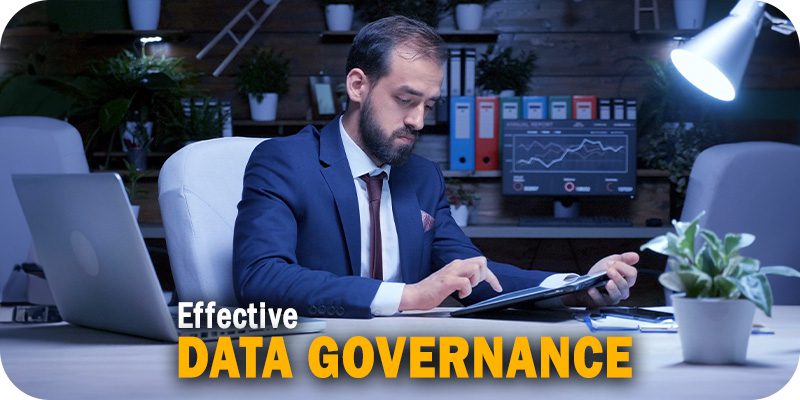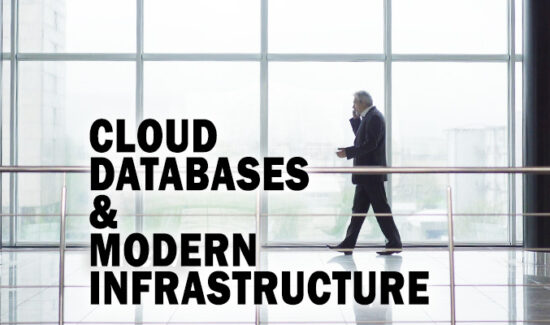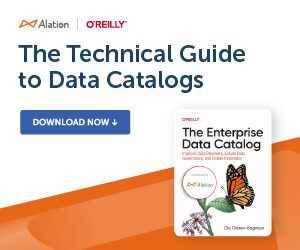Effective Data Governance Starts with People, Processes & Tech

Solutions Review’s Contributed Content Series is a collection of contributed articles written by thought leaders in enterprise technology. In this feature, EY Americas Partner Faisal Alam offers commentary on why effective data governance starts with people, processes, and technology.
When it comes to digital innovation, data is king – but proper data management is critical when it comes to an organization’s ability to make informed, secure business decisions. As the amount of data shared, stored and used increases exponentially, the need for putting in place an agile and scalable way to manage it becomes critical. According to Gartner, the global demand for storage will exceed 32 million petabytes by 2030 – with each individual petabyte being enough capacity to store more than 223,000 DVD-quality movies. Yet, only 24 percent of organizations have a data-centric culture.
As data becomes increasingly embedded in business and IT decision-making, it’s imperative for leaders – from the boardroom to the front lines – to agree that data is an investment-worthy asset. That starts with outlining clear business objectives and critical insights needed to run the business. From there, data elements can be identified that will deliver those insights, and the traditional areas of data governance – whether identifying data domains or defining policies for privacy and access – can be addressed.
Here are three ways organizations can look at their people, processes, and technology to deploy a successful data governance plan:
Effective Data Governance
Take a Hard Look at your Existing Data Governance plan – and the KPIs to be Successful
Every organization requires a unique data governance plan. The KPIs created for your plan should be just as unique.
User surveys are a great way to determine the efficacy of an existing data governance program – and what needs to be changed and measured. For example, is the business able to move with agility? Are machine learning models delivering accurate results? Is sensitive data secure? Is the right data monitored, mastered and maintained? Answers to these and other questions can aid in setting KPIs; evaluating data governance plans; and assessing areas of opportunity to better align people, processes, technology and organizational culture. Additionally, profiling tools can assist in identifying existing data quality issues within the organization.
Understand the Importance of Starting Small & Scaling for Long-term Innovation
It’s important to start with a plan that fits your current organization, then scaling that plan as your organization grows – not the other way around. For example, you can focus on refining a single data domain before scaling across your entire organization. This way, resistance to change can be lessened with each subsequent domain rollout. If demonstrable improvements in quality metrics can be shown, they can serve to assist in buy-in and build support for the initiative.
It’s important to remember that governance should be approached from a lens of enabling rather than restricting. It’s easy to allow data governance to devolve into a bureaucratic structure that slows things down. When this happens, it loses support from the business. Though controls need to be in place, you should seek to automate and design efficiency into the process so that the business can remain agile and responsive to the market.
Ensure Executive Buy-In from Day-One
Without executive buy-in, your plans will fall short of meeting critical business objectives, as the right levels of investment and collaboration are required between business and IT. By first addressing the traditional areas of data governance, such as defining processes and policies, along with the ways that new technologies can be applied to bring even greater efficiency and innovation, you can help to ensure initial executive understanding (and, in turn, buy-in).
The end goal of a successful data governance plan is to have protected, clean data that can be used across your entire organization, including training new AI models and creating highly personalized product recommendations. Making the right investments in data is critical to enhancing business agility, along with employee and customer experience, which can all impact the bottom line.
With so much data on the line, it’s crucial that organizations get valuable insights out of the data they collect. By implementing a plan that has executive buy-in, is scalable, and is unique to your organization, you’re on the path toward having a successful data governance plan that will ebb and flow with macro and micro industry changes.
- Effective Data Governance Starts with People, Processes & Tech - August 24, 2023

 By
By


















